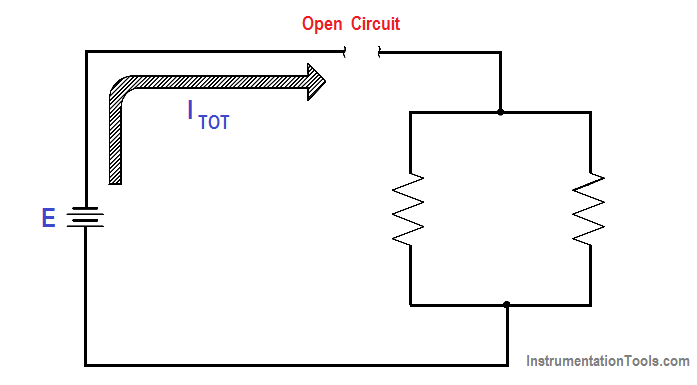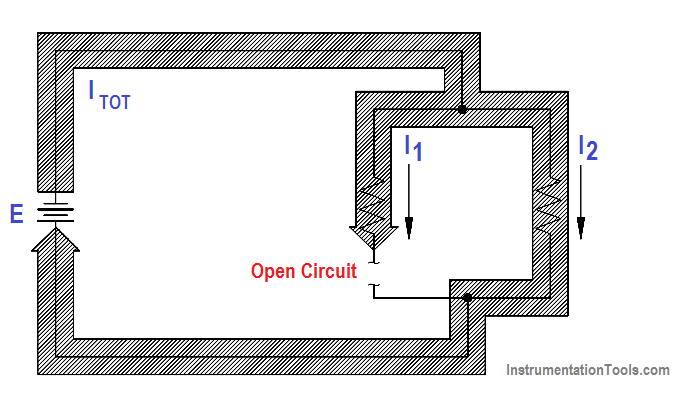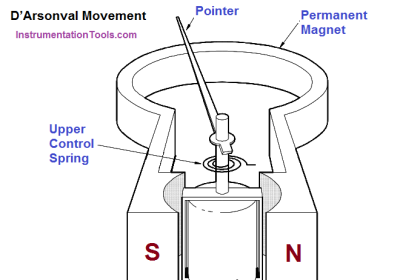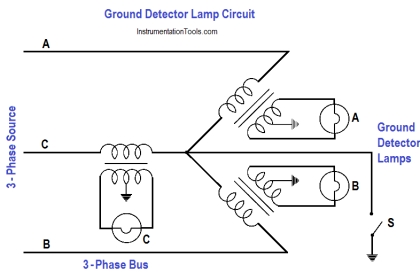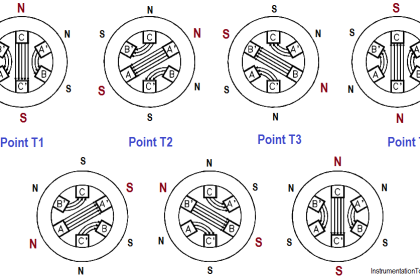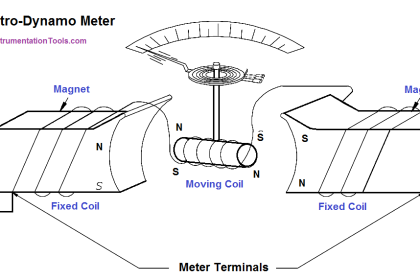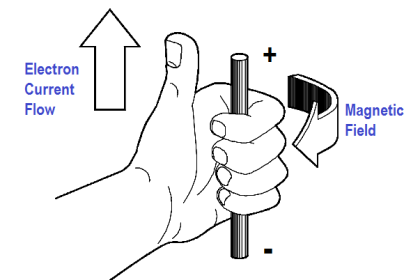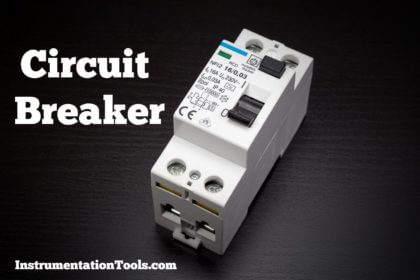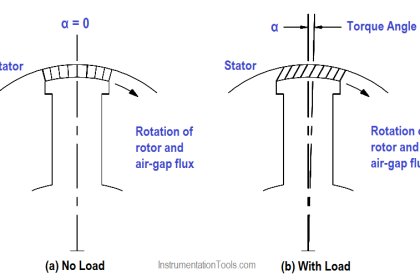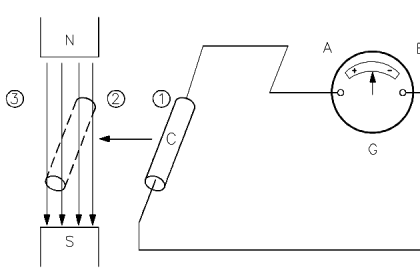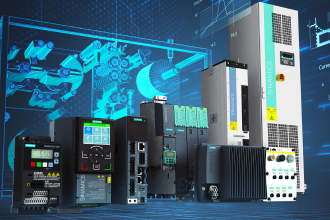Faults within a DC circuit will cause various effects, depending upon the nature of the fault. An understanding of the effects of these faults is necessary to fully understand DC circuit operation.
Parallel Open Circuit
A parallel circuit has more than one path for current to flow. If one of the paths is opened, current will continue to flow as long as a complete path is provided by one or more of the remaining paths. It does not mean that you cannot stop current flow through a parallel circuit by opening it at one point; it means that the behavior of a parallel circuit depends on where the opening occurs (Figure 54).
Figure 54 : Open Parallel Circuit – Total
If a parallel circuit is opened at a point where only a branch current flows, then only that branch is open, and current continues to flow in the rest of the circuit (Figure 55).
Figure 55 : Open Parallel Circuit – Branch
